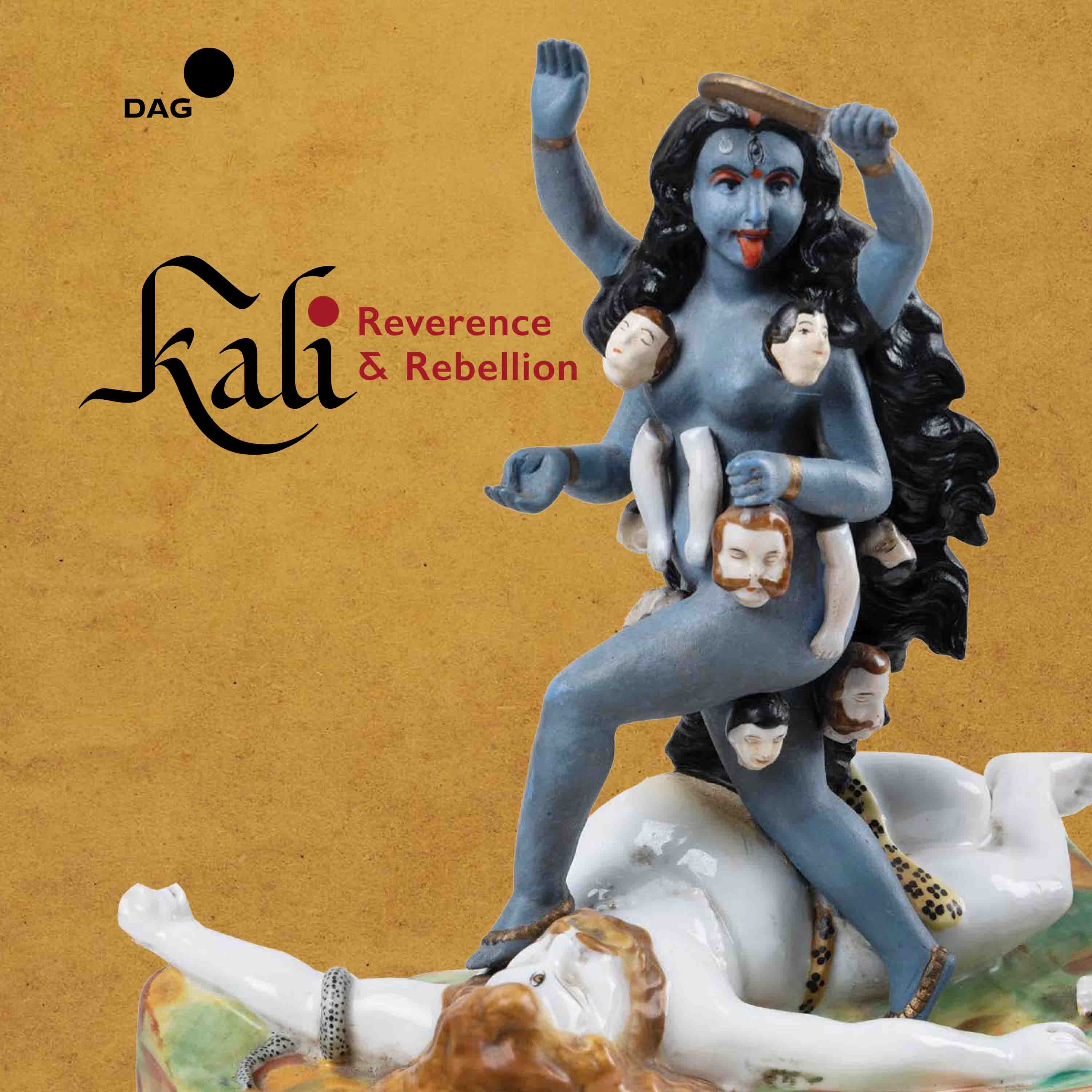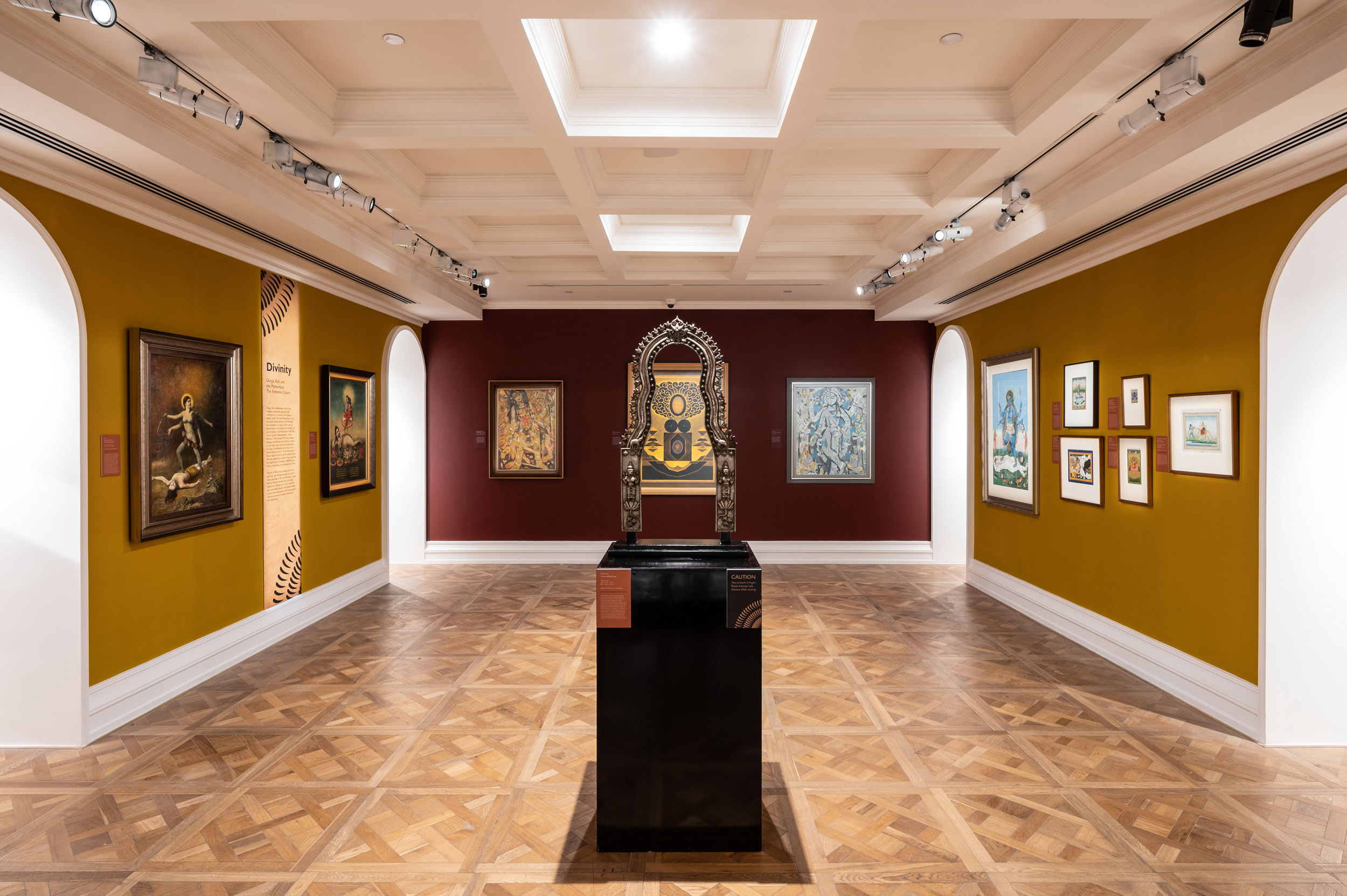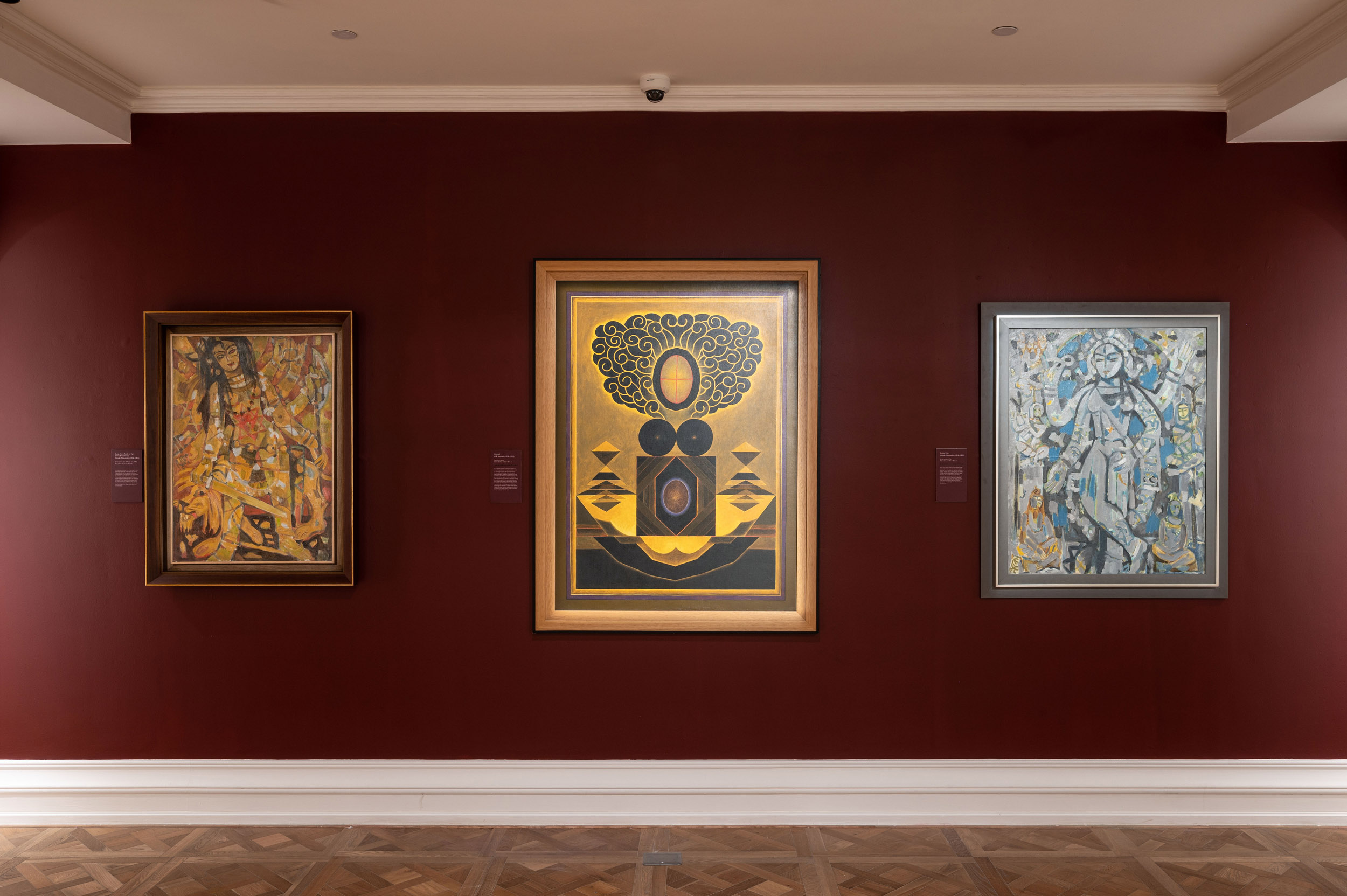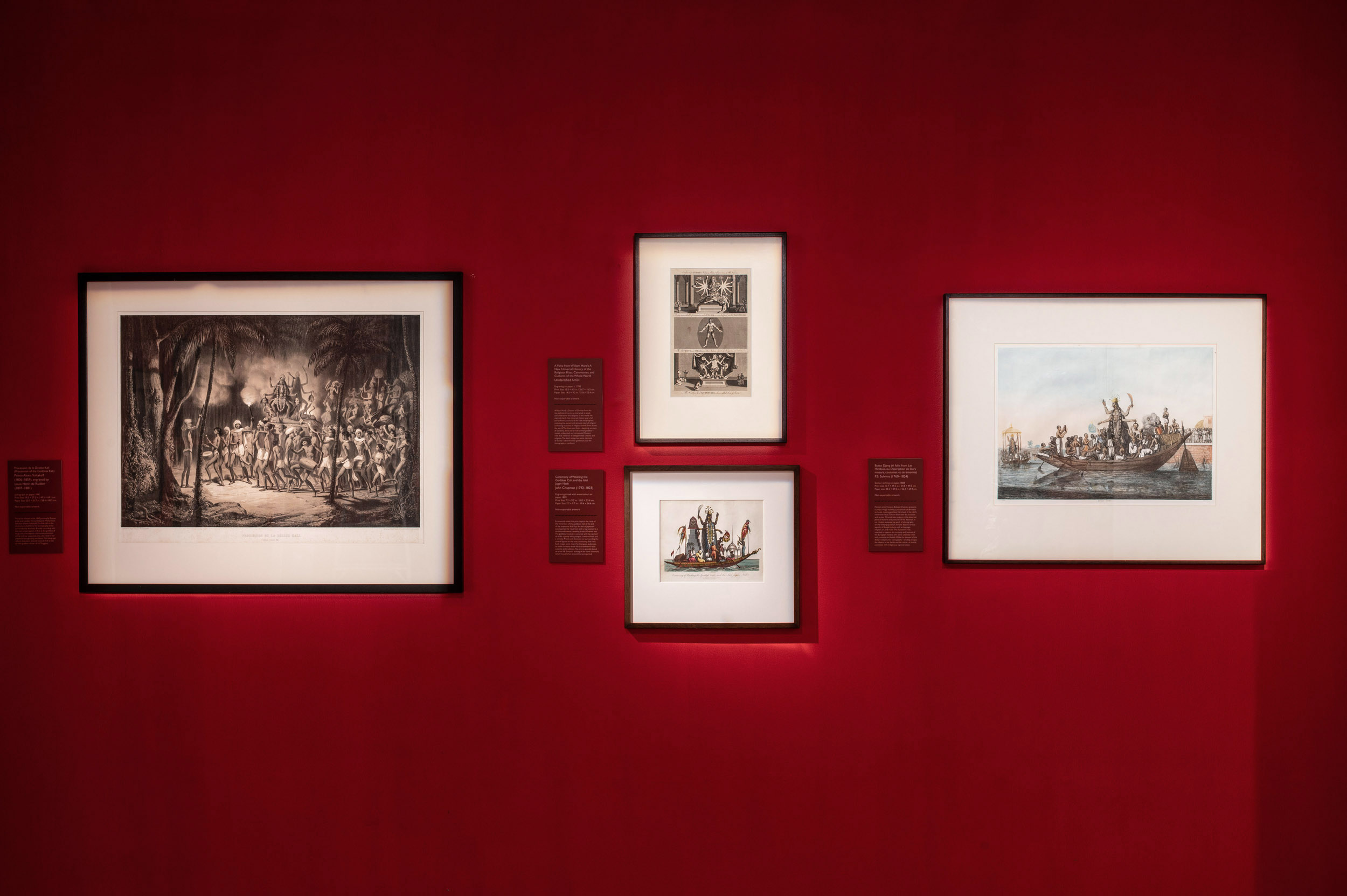Kali
Kali
Kali
|
Gallery Exhibition KaliReverence and Rebellion
Kolkata:
Bengal Biennale, The Alipore Museum, Kolkata
Mumbai:
The Taj Mahal Palace, Apollo Bunder, Colaba, Mumbai
New Delhi:
22A Windsor Place, Janpath, New Delhi
|
|
|
Artists
|
‘Charting a vertical hierarchy, the goddesses can appear with different intentions and temperaments, both in the Puranic grand narratives, and as gram devatas at the village level, with women performing the rituals in lieu of the priest. For anything to exist, the Devi’s attributes of fertility and creative energy are necessary. Equally, as Kali demonstrates, female energy is necessary to erase and eliminate.’ – Gayatri Sinha |

all artworks
|
Architectural Digest |
|
2024 |
Exhibition and Events








exhibition video





